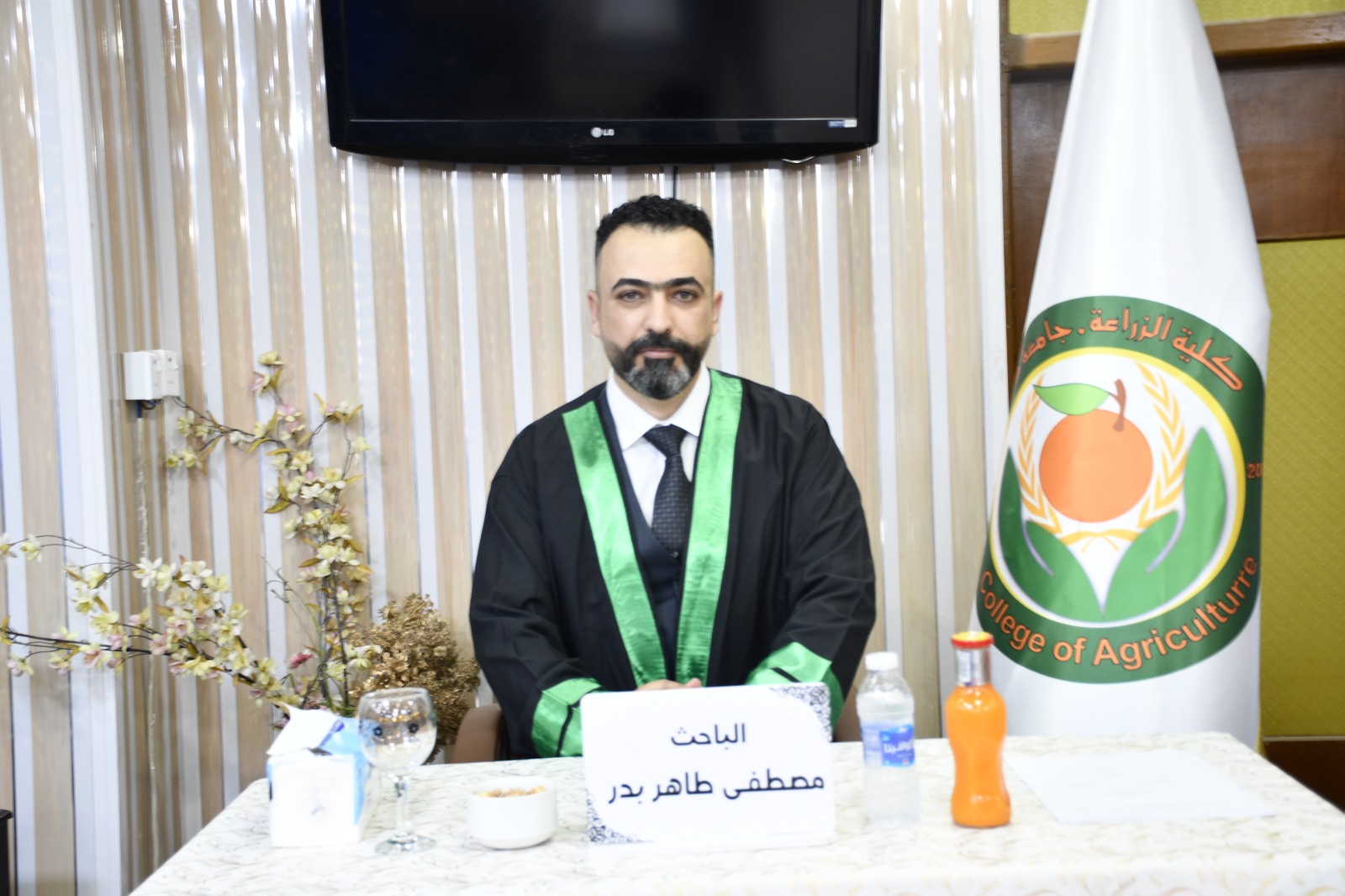A master’s thesis at the College of Agriculture on the study of birth weights and wool characteristics in local sheep.

The College of Agriculture at the University of Diyala discussed a master’s thesis entitled “A Study of Birth Weights and Wool Characteristics in Local Sheep.”
The study, presented by the student Mustafa Taher Badr, focused on comparing three local sheep breeds (Awassi, Naeemi, and their crossbreeds) with respect to lamb and ewe weights, ewe body dimensions, wool, and blood characteristics. It also investigated the correlation between weight, wool, and blood traits, as well as the multiple regression of body weight and clean fleece weight with the studied traits.
The research aimed to compare three genetic compositions of local sheep (Awassi, Naeemi, and their crossbreeds) regarding several traits: ewe weight at birth, lamb weight, body weight, body dimensions, body length, height, chest circumference, shoulder height, abdominal circumference, and body mass index. Additionally, it examined wool characteristics such as raw and clean fleece weight, staple length, fiber length, number of crimps, fiber fineness, tensile strength, elongation, fiber diameter, and oil content. Blood traits such as total protein, glucose, cholesterol, triglycerides, and creatinine were also studied. The research further explored the correlations and multiple regression for the studied traits.
The study reached several conclusions, including:
-
Awassi sheep showed significant superiority in body length, chest circumference, and body mass index.
-
Naeemi sheep were found to excel in wool tensile strength.
-
There were no significant differences between the breeds in terms of blood traits.
-
The Awassi breed was identified as the best-performing breed overall based on the results.
The study recommends:
-
As most traits were similar between the breeds, it suggests further research on crossbreeding Awassi sheep with Hamadani sheep to enhance weight gain and improve resistance to environmental conditions.





